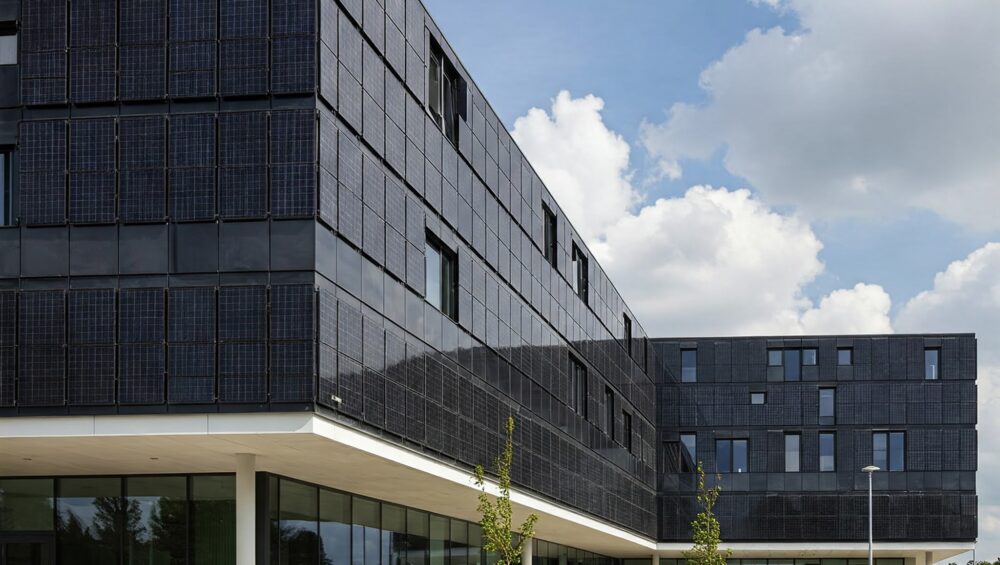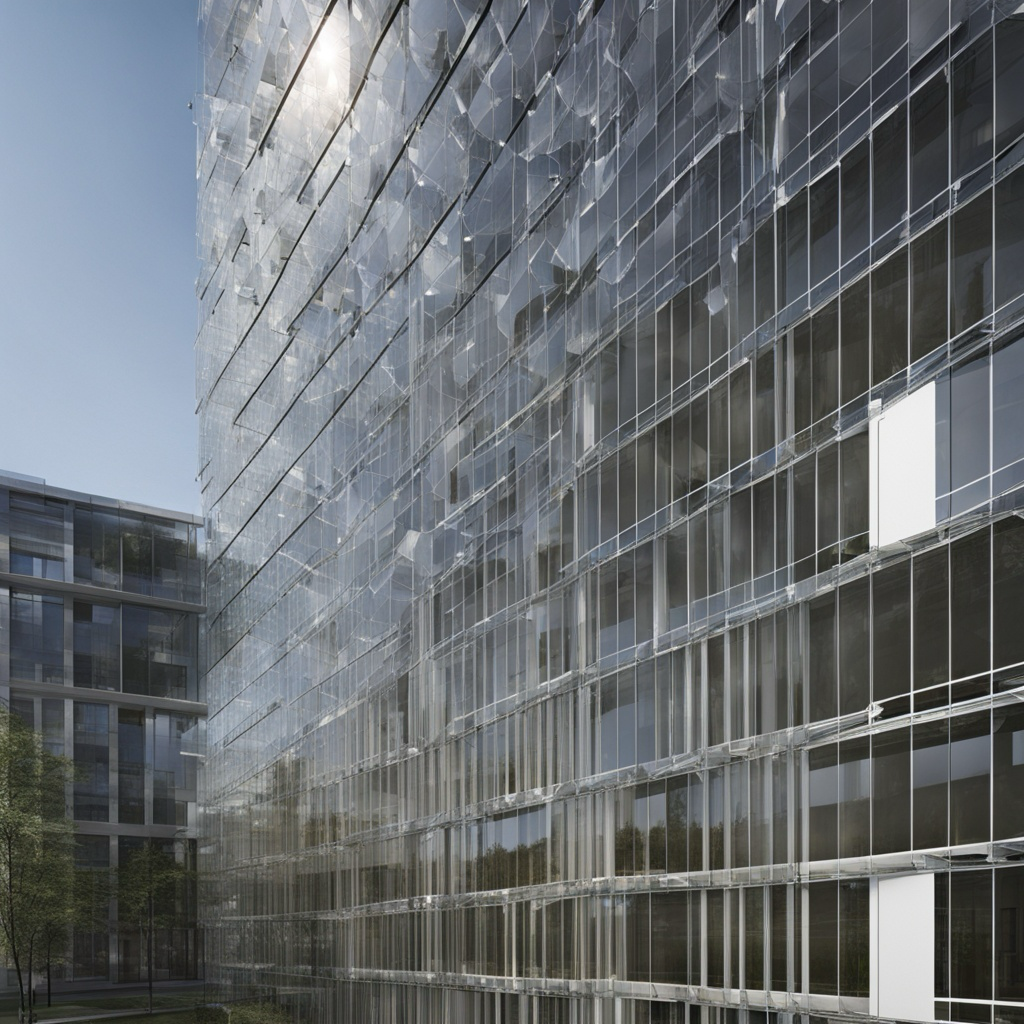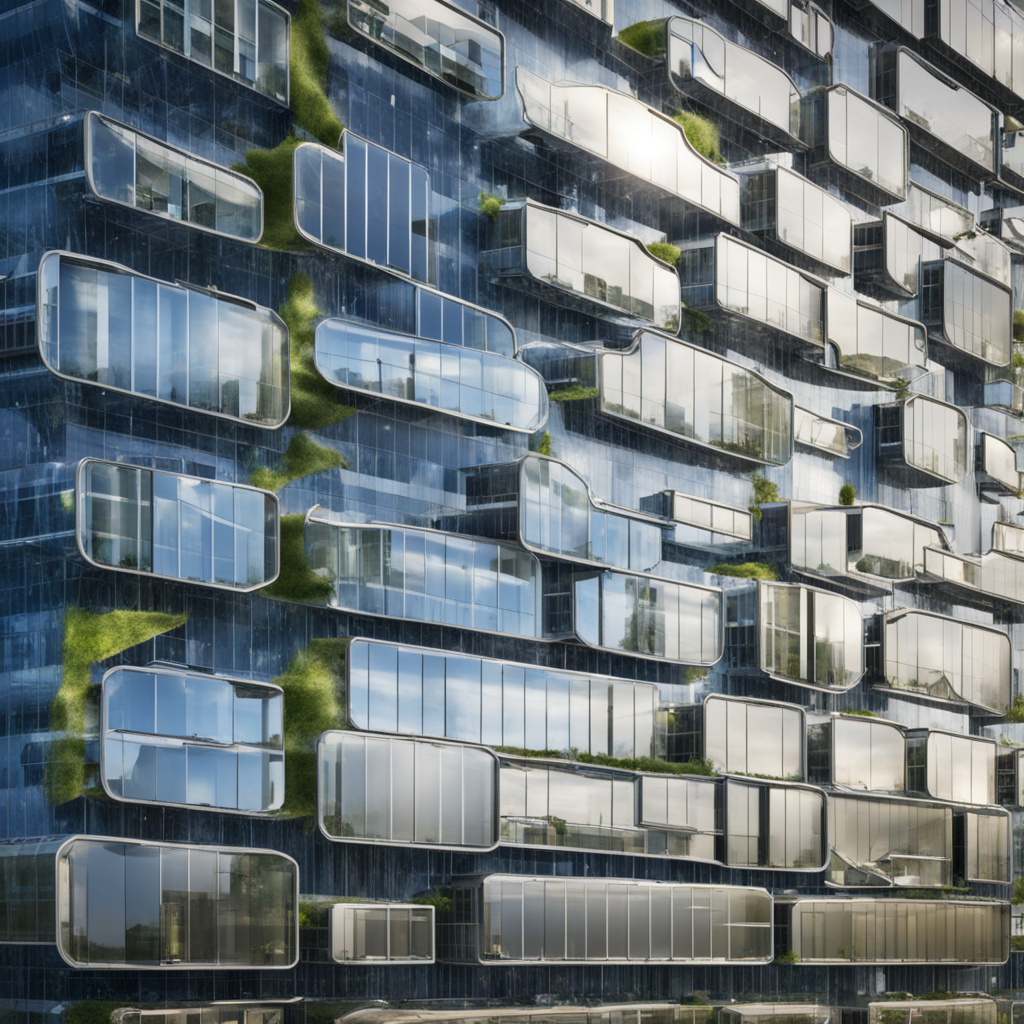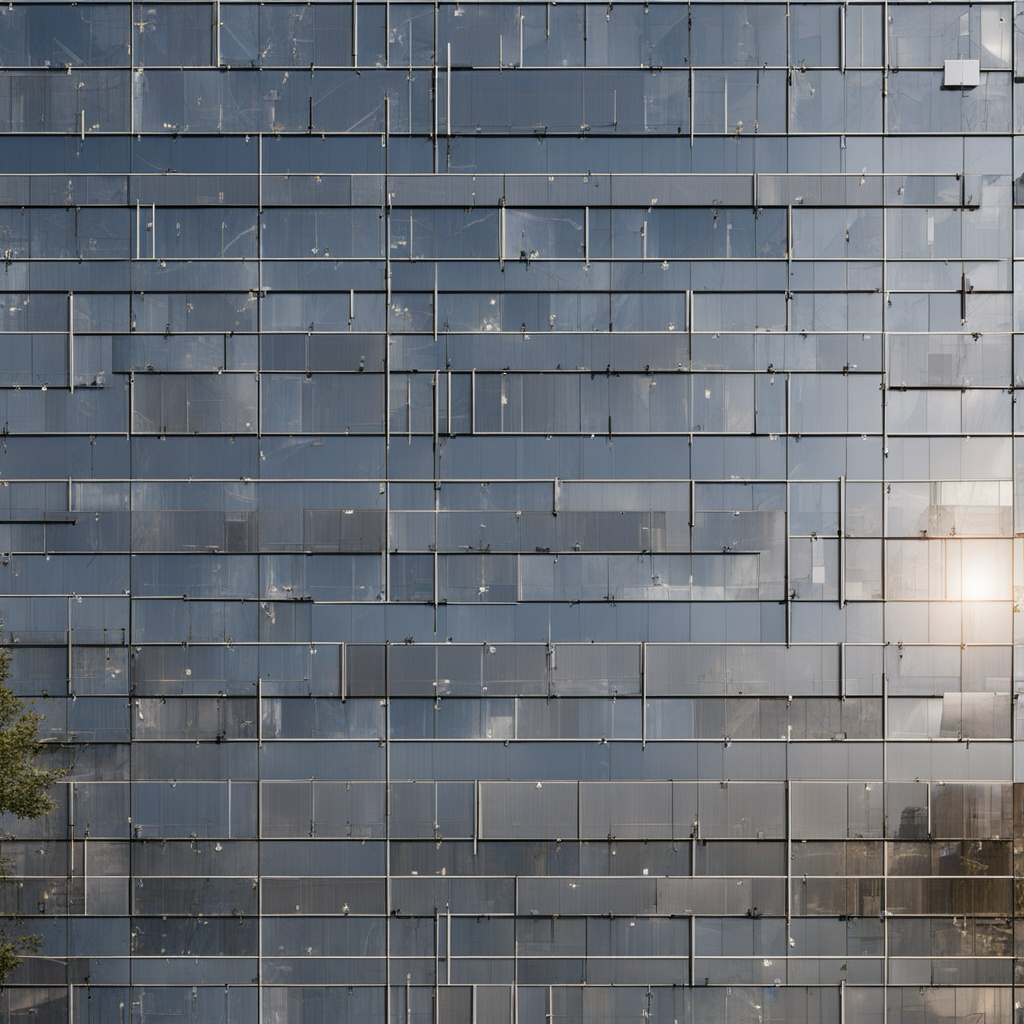Integrating Aesthetics and Sustainability: The Rise of Thin-Film BIPV Facades
Building technology is constantly evolving, and one of the most exciting trends we’re seeing is the increasing integration of solar energy directly into building materials. Forget bulky, rooftop panels – the future of sustainable architecture lies in sleek, versatile Building-Integrated Photovoltaics (BIPV), particularly those utilizing thin-film technologies. https://en.wikipedia.org/wiki/Building-integrated_photovoltaics
Thin-film solar panels are revolutionizing how we think about energy generation in the built environment. By employing advanced materials like amorphous silicon (a-Si), cadmium telluride (CdTe), copper indium gallium selenide (CIGS), and the rapidly developing perovskites, BIPV facades offer a compelling blend of functionality and design aesthetics. Organic photovoltaics (OPV) are also emerging as a promising option, celebrated for their potential for transparency and flexibility, opening up even more creative architectural possibilities.
Why the Buzz Around Thin-Film BIPV?
The advantages of thin-film BIPV are numerous:
- Lightweight and Flexible: Unlike traditional silicon panels, thin-film options are significantly lighter and can be manufactured on flexible substrates. This allows for seamless integration into various building surfaces, including curved facades.
- Enhanced Low-Light Performance: Thin-film technologies often outperform crystalline silicon in diffuse light conditions, making them effective even on cloudy days or on less optimally angled surfaces.
- Aesthetic Integration: This is where BIPV truly shines. Thin-film panels can be designed in various colors, shapes, and even transparencies, allowing architects to incorporate energy generation without compromising their vision. Imagine buildings that not only function beautifully but also actively contribute to their own power needs.
- Potentially Lower Installation Costs: By integrating the solar technology directly into the building envelope, BIPV can reduce the need for separate mounting structures and labor associated with traditional solar installations.
Key Players Driving Innovation:
Several companies are at the forefront of this exciting field:
- First Solar (CdTe): While a major player in utility-scale solar, First Solar is also exploring the potential of their CdTe technology for building integration.
- Heliatek (OPV): This German company is pioneering the development and commercialization of flexible organic photovoltaic films, opening doors for truly adaptable solar solutions.
- Solar Frontier (CIGS): With a strong focus on building-integrated applications, this Japanese firm is demonstrating the aesthetic and functional possibilities of CIGS technology in facades.
- Saule Technologies (Perovskite): This Polish startup is making waves with its pilot projects showcasing the integration of high-potential perovskite solar cells into building facades.
Inspiring Projects Around the Globe:
The real-world application of thin-film BIPV is already demonstrating its potential:
- The Edge, Amsterdam: This renowned smart building utilizes BIPV to contribute to its impressive energy efficiency.
- SwissTech Convention Center, Switzerland: A stunning example of how BIPV can be aesthetically integrated, featuring colorful CIGS panels that enhance the building’s design.
- Solar Skin Facades: Across Europe and Asia, custom-designed thin-film installations are proving that solar energy can be both functional and visually appealing.

Global Adoption: A Continent-by-Continent Look:
- Europe: Driven by stringent energy efficiency mandates like the EU’s Renewable Energy Directive, Europe is a leader in BIPV adoption. Germany, France, and Switzerland are particularly active in implementing these technologies.
- Asia: Japan and China are making significant investments in the research and development of CIGS and perovskite technologies, recognizing their potential for urban energy generation.
- North America: While First Solar’s CdTe technology has a strong presence in utility-scale projects, government incentives like tax credits are beginning to fuel the growth of BIPV applications in the United States.
Addressing the Challenges:
While the future of thin-film BIPV is bright, some challenges remain:
- Efficiency: Currently, the efficiency of thin-film panels (typically 10–15%) is lower than that of traditional crystalline silicon panels (15–22%). However, ongoing research and development are continuously pushing these boundaries.
- Durability: The lifespan of thin-film panels, around 20 years, is slightly shorter than the 25+ years offered by silicon. Furthermore, perovskite technology is still working to overcome stability issues related to moisture and heat.
- Environmental Concerns: The use of cadmium in CdTe panels raises environmental concerns. However, companies like First Solar have implemented comprehensive recycling programs to mitigate these risks.
Exciting Recent Advancements:
The field of thin-film BIPV is dynamic, with exciting breakthroughs happening regularly:
- Perovskite Revolution: Perovskite solar cells are showing tremendous potential, achieving efficiencies of over 30% in laboratory settings. Companies like Saule Technologies and Oxford PV are actively working to scale up production of this game-changing technology.
- The Rise of Transparency: Startups like Ubiquitous Energy are developing transparent solar films that can be integrated into windows, turning entire building surfaces into energy generators without sacrificing natural light or aesthetics.
Dive Deeper: Explore on YouTube:
Want to see thin-film BIPV in action? Check out these search terms on YouTube: “Thin-film BIPV facades,” “Heliatek solar films,” “Perovskite building integration.”
Consider subscribing to these channels for more visual insights:
- First Solar: For updates on their CdTe technology and applications.
- Heliatek: To see demonstrations of their flexible OPV films.
- Saule Technologies: For the latest on their perovskite pilot projects.
- Green Building Council: For case studies showcasing sustainable architecture incorporating BIPV.
The Economic and Environmental Impact:
While the initial cost of some BIPV solutions might include a premium, the long-term economic benefits are significant. Buildings equipped with BIPV can generate their own electricity, leading to substantial savings on energy bills. Furthermore, the integration of solar technology reduces reliance on fossil fuels, contributing to a more sustainable built environment. Companies like First Solar are also leading the way in establishing closed-loop recycling systems, addressing waste concerns and promoting a circular economy.
Conclusion: A Greener, More Beautiful Future:
Thin-film BIPV is rapidly evolving from a niche technology to a mainstream solution for sustainable building design. Driven by aesthetic appeal, supportive policies, and continuous innovation, we can expect to see widespread adoption of these integrated solar solutions in the years to come. While challenges in efficiency and durability are being actively addressed, the advancements in perovskite and organic photovoltaics promise a future where buildings not only shelter us but also power our lives in a clean and visually harmonious way. Keep an eye on this exciting field – it’s shaping the very fabric of our cities.









